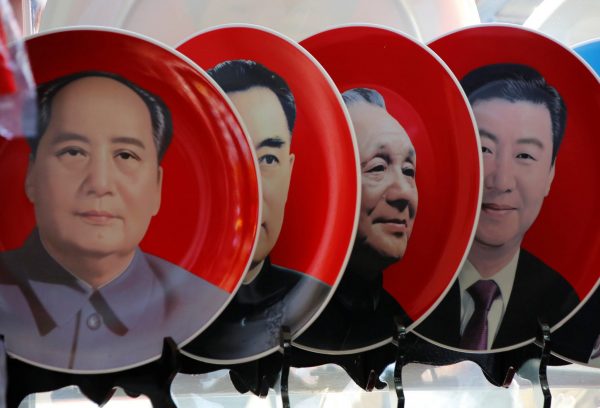At the 2018 Boao Forum, China sent a strong signal that it would continue to open up, committing to practical moves to increase foreign access to markets, create a more attractive investment environment, strengthen intellectual property rights protections and actively expand imports. As of late September, most of these promised measures have seen active progress. Despite the ongoing trade conflict between China and the United States, China is still holding out its arms open wide to the world.
Yet the continued opening up strategy is also facing challenges. Internally, there are discrepancies between what was promised and what has actually been achieved. In many places, the implementation of national policy is obstructed by local protectionism and ineffective governance. China’s tariffs, quotas and other traditional trade barriers have been substantially lowered, but opaque, discriminatory regulations still act as intangible barriers that increase the costs of trade. And externally, the escalating trade war and the mounting backlash against globalisation threaten to stall China’s opening up.
Despite these challenges, continuing to open up is vital for both reform of China’s economy and its governance. The barriers that impede trade with other countries also impede China’s own economic strength. The problems that plague the implementation of opening up policies also affect China’s overall governance.
In the past, ‘opening up in order to hasten reform’ was a cornerstone of Chinese policy. Today, it is increasingly difficult to distinguish between opening up and reform. Opening up usually entails reform. The implementation of opening-up policies, from the central government down to local authorities, requires building up the country’s governance system and governance ability.
A good example is strengthening intellectual property rights protections. While much of the movement in this area has been driven by external complaints, China stands to benefit from the increases in economic competitiveness brought about by reform. Even before China joined the WTO, protection of intellectual property rights had been a flashpoint for economic disputes between China and other countries. It is also a major theme in the ongoing trade conflict between China and the United States.
At the level of the central government, protecting intellectual property rights is a task of international importance. But there remain doubts over whether these protections will be prioritised by local governments. The key to protecting intellectual property rights is to enhance law enforcement and significantly raise the costs of breaking relevant laws. To do this, local governments have to play a leading role. The difficulty lies in how to incentivise them to do so. Thus the problem of governance is inextricably tied to further opening, and solutions to one can also become solutions to the other.
Opening up to the outside world also complements ‘loosening up’ internally, helping to dissolve domestic barriers to growth. For example, it has long been a requirement that domestic private capital should also be allowed to freely enter areas that have been opened up to foreign capital — opening up to the world helps break up domestic monopolies and improve efficiency.
With so much to gain, it is not hard to understand why China should open its doors wider. Despite the gathering trade dispute with the United States, China has laid out plans to cut tariffs on over 1500 imported products. This wave of cuts followed a previous round of tariff cuts focusing on consumer goods that went into effect in July.
In the post-financial crisis era, protectionism and populism are rearing their heads, temporarily obstructing the tide of globalisation. But a country cannot just tend to its own interests. In the long run, antagonistic behaviour will be detrimental to all sides involved. If China can remain open to the world, it can help guide the process of globalisation back onto the right course.
China’s commitment to opening up remains strong, and this can benefit the rest of the world as well. Rather than retreat, China’s best response to the trade threats it is facing is to fling open its doors even wider.
Hu Shuli is the founder and publisher of Caixin Media.

